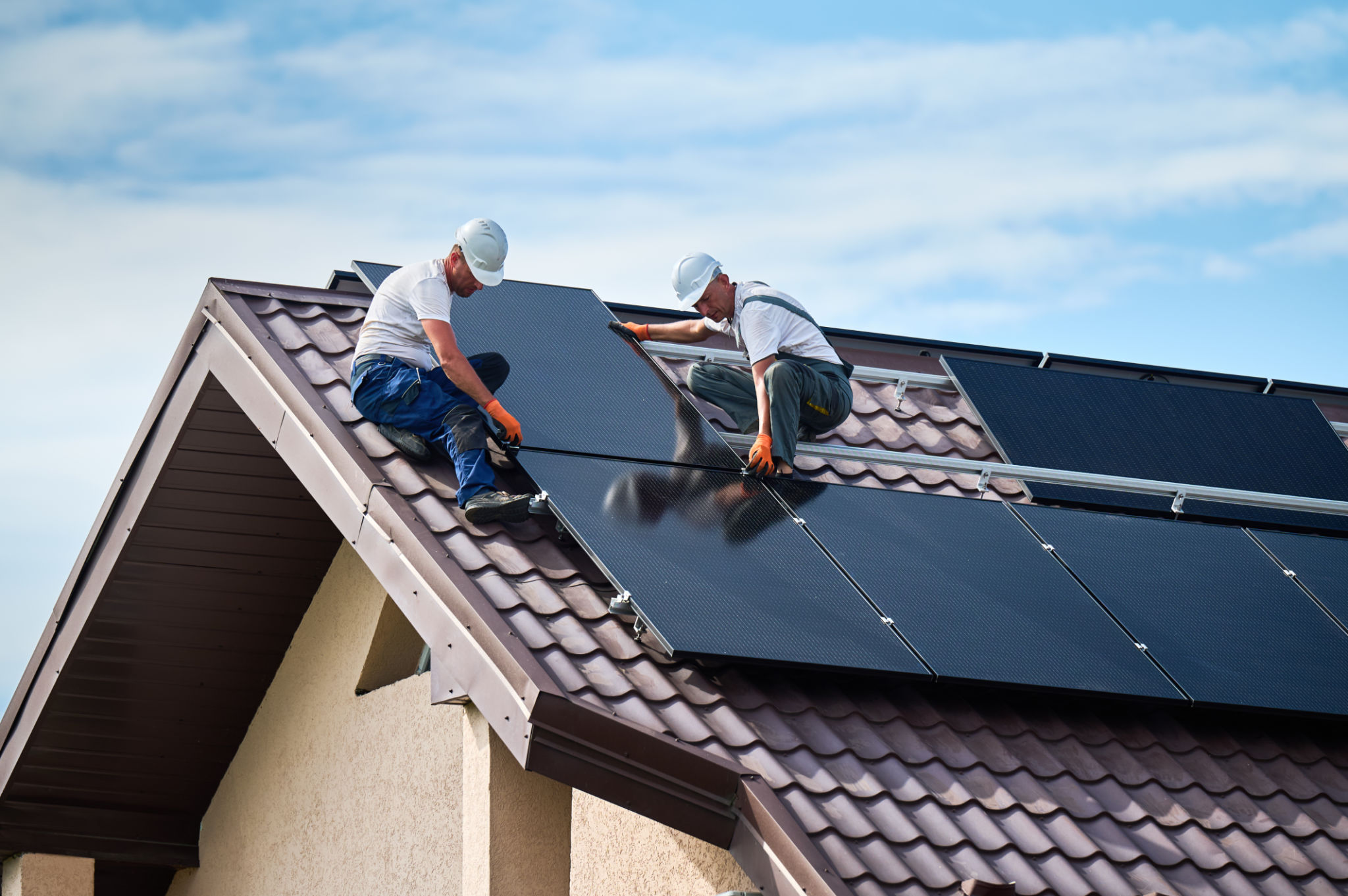How Seasonal Changes Impact Solar Energy Production in the UK
Understanding Seasonal Variations
In the UK, the changing seasons have a significant impact on solar energy production. As the seasons transition from spring to summer, autumn, and winter, the amount of sunlight available fluctuates dramatically. This variability affects the efficiency and output of solar panels, making it crucial for solar energy users to understand these changes.
During the summer months, longer daylight hours and higher sun angles result in increased solar energy generation. Conversely, in winter, shorter days and lower sun angles typically lead to reduced solar output. Understanding these patterns can help in optimizing solar energy use throughout the year.

The Science Behind Seasonal Changes
The Earth's tilt and its orbit around the sun are fundamental factors influencing seasonal changes. In the UK, this tilt results in varying sun angles and daylight durations throughout the year. During summer, the sun is higher in the sky, providing more direct sunlight and longer days. This increased exposure boosts solar panel efficiency.
In contrast, winter brings a lower sun angle and shorter days. This leads to less direct sunlight reaching solar panels and therefore decreases energy production. The impact of cloud cover and weather conditions can also further reduce solar efficiency during these months.

Adapting to Seasonal Variations
To maximize solar energy production despite these seasonal variations, solar panel owners can adopt several strategies. One approach is to ensure panels are clean and free from debris, as dirt can significantly affect performance. Installing battery storage systems can also help store excess energy produced during sunnier months for use during less productive periods.
- Regular maintenance of solar panels
- Utilizing battery storage systems
- Adjusting energy consumption habits
Impact on Energy Bills
Seasonal changes in solar energy production can have a direct impact on household energy bills. During months of high solar output, households may notice a reduction in electricity costs due to less reliance on the grid. However, during low production periods, there might be an increase in costs as supplementary energy sources are needed.
To mitigate these fluctuations, households can adjust their energy usage patterns. For instance, using high-energy appliances during peak sunlight hours can offset grid dependency and maximize savings.

Benefits of Seasonal Awareness
Being aware of how seasonal changes affect solar energy production empowers homeowners and businesses to make informed decisions about their energy management strategies. By anticipating periods of low production, users can plan accordingly, ensuring consistent energy supply while optimizing costs.
Moreover, understanding these seasonal impacts can guide future investments in solar technology. Innovations such as advanced photovoltaic cells designed to perform better in low-light conditions are increasingly becoming available, offering potential solutions to seasonal challenges.
Looking Ahead
The future of solar energy in the UK looks promising despite the challenges posed by seasonal variations. Ongoing advancements in solar technology and storage solutions are paving the way for increased efficiency and reliability. By staying informed and adapting to these changes, users can continue to benefit from renewable energy sources all year round.
Ultimately, a comprehensive understanding of seasonal impacts and proactive adaptation strategies can significantly enhance the sustainability and cost-effectiveness of solar energy systems in the UK.
